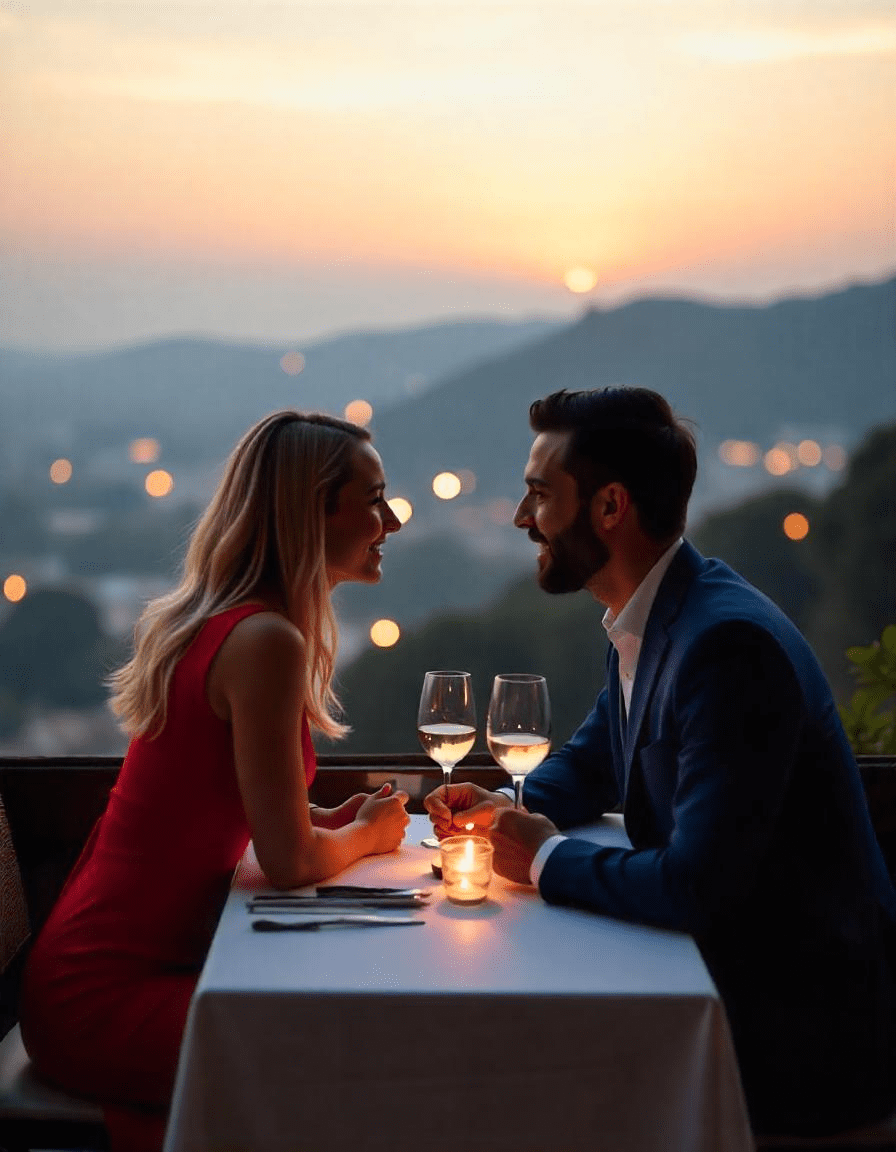Hunza Valley, with its majestic mountains, turquoise lakes, and vibrant culture, is a dream destination for photographers. Whether you’re a professional or an amateur, the valley offers countless opportunities to capture stunning images. This guide highlights the best photography spots in Hunza Valley, along with tips to help you make the most of your shoot.
Why Hunza Valley is a Photographer’s Dream
Hunza Valley is a visual masterpiece, offering a diverse range of subjects for photography:
1. Landscapes: Snow Capped peaks, lush valleys, and serene lakes.
2. Culture: Traditional architecture, vibrant festivals, and warm locals.
3. Adventure: Trekking trails, suspension bridges, and unique rock formations.
4. Lighting: The golden hours of sunrise and sunset create magical lighting conditions.
Top Photography Spots in Hunza Valley
Here are the must visit photography spots in Hunza Valley:
1. Attabad Lake
Highlights: Turquoise waters surrounded by snow capped mountains.
Best Time to Shoot: Early morning or late afternoon for soft lighting.
Tips: Use a polarizing filter to enhance the colors of the water.
2. Baltit Fort
Highlights: Historic architecture with a backdrop of towering peaks.
Best Time to Shoot: Late afternoon for warm, golden light.
Tips: Capture the fort from different angles to showcase its grandeur.
3. Altit Fort
Highlights: Ancient fort with beautiful gardens and panoramic views.
Best Time to Shoot: Morning for clear skies and soft light.
Tips: Include the surrounding landscape to add depth to your shots.
4. Rakaposhi View Point
Highlights: Stunning views of Rakaposhi Peak and the surrounding valleys.
Best Time to Shoot: Sunrise for dramatic lighting.
Tips: Use a wide angle lens to capture the vastness of the landscape.
5. Passu Cones
Highlights: Unique rock formations with a dramatic backdrop.
Best Time to Shoot: Late afternoon for long shadows and contrast.
Tips: Experiment with different compositions to highlight the cones’ shapes.
6. Hussaini Suspension Bridge
Highlights: Thrilling bridge with a scenic backdrop.
Best Time to Shoot: Midday for even lighting.
Tips: Capture the bridge from a distance to include the surrounding landscape.
7. Eagle’s Nest (Duikar Village)
Highlights: Panoramic views of the entire Hunza Valley.
Best Time to Shoot: Sunrise or sunset for breathtaking colors.
Tips: Use a tripod for long exposure shots during golden hour.
8. Khunjerab Pass
Highlights: The highest paved international border crossing.
Best Time to Shoot: Midday for clear skies.
Tips: Capture the vast, open landscapes with a wide angle lens.
Photography Tips for Hunza Valley
Here are some tips to help you capture stunning photos in Hunza Valley:
1. Golden Hours: Shoot during sunrise and sunset for the best lighting.
2. Use a Tripod: Essential for long exposure shots and lowlight conditions.
3. Experiment with Angles: Try different perspectives to add interest to your photos.
4. Capture Local Life: Include portraits of locals and cultural elements for a storytelling approach.
5. Drone Photography: Use a drone to capture aerial views of the valley (check local regulations).
Essential Gear for Hunza Valley Photography
Packing the right gear is crucial for a successful photography trip:
1. Camera: A DSLR or mirrorless camera with interchangeable lenses.
2. Lenses: Wide Angle lens for landscapes, telephoto lens for distant subjects.
3. Tripod: For stability during long exposures and lowlight shots.
4. Filters: Polarizing filter to reduce glare and enhance colors.
5. Extra Batteries and Memory Cards: Essential for long shooting sessions.
Sample Photography Itinerary for Hunza Valley
Here’s a sample 5 day photography itinerary:
Day 1: Arrival and Local Exploration
Arrive in Hunza Valley and check into your hotel.
Explore nearby spots for initial shots.
Day 2: Attabad Lake and Baltit Fort
Visit Attabad Lake for sunrise photography.
Head to Baltit Fort for afternoon and sunset shots.
Day 3: Altit Fort and Rakaposhi View Point
Capture Altit Fort in the morning.
Visit Rakaposhi View Point for sunset photography.
Day 4: Passu Cones and Hussaini Suspension Bridge
Photograph Passu Cones in the afternoon.
Head to Hussaini Suspension Bridge for unique compositions.
Day 5: Eagle’s Nest and Departure
Capture sunrise at Eagle’s Nest.
Depart with a memory card full of stunning photos.
Frequently Asked Questions (FAQs)
1. What is the best time for photography in Hunza Valley?
The best time is during spring (March–May) and autumn (September–November) for clear skies and vibrant colors.
2. Do I need a drone for photography in Hunza Valley?
While not necessary, a drone can capture stunning aerial views. Check local regulations before flying.
3. What are the best lenses for Hunza Valley photography?
A wide angle lens for landscapes and a telephoto lens for distant subjects are ideal.
4. Are there photography tours in Hunza Valley?
Yes, several local guides and tour operators offer photography focused tours.
5. Can I photograph locals in Hunza Valley?
Yes, but always ask for permission and respect their privacy.
6. What are the best spots for sunrise photography in Hunza Valley?
Eagle’s Nest and Rakaposhi View Point are ideal for sunrise shots.
7. What are the best spots for sunset photography in Hunza Valley?
Attabad Lake and Baltit Fort offer stunning sunset views.
8. Is Hunza Valley safe for photographers?
Yes, Hunza Valley is generally safe, but always be cautious with your equipment.
9. What should I wear for photography in Hunza Valley?
Dress in layers, as temperatures can vary throughout the day.
10. Can I use a smartphone for photography in Hunza Valley?
Yes, modern smartphones can capture great photos, especially with good lighting and composition.
Conclusion
Hunza Valley is a photographer’s paradise, offering endless opportunities to capture stunning landscapes, vibrant culture, and unique adventures. With the right gear, timing, and techniques, you can create a portfolio of breathtaking images. Use this guide to plan your photography trip and make the most of your time in this magical valley.






